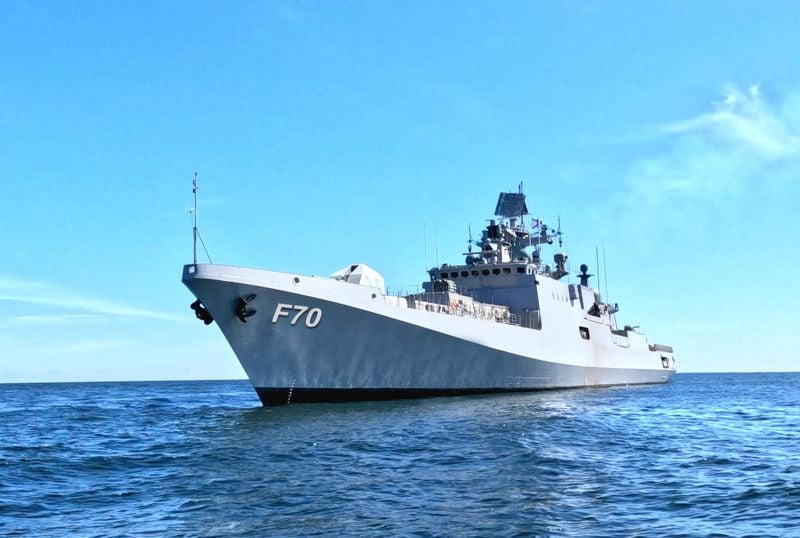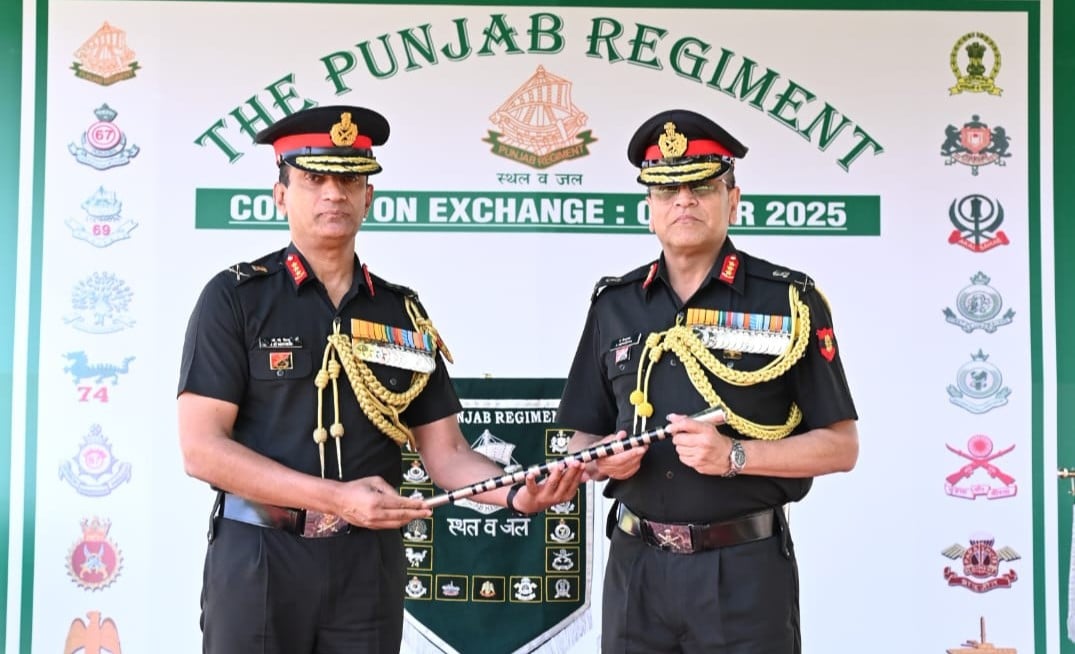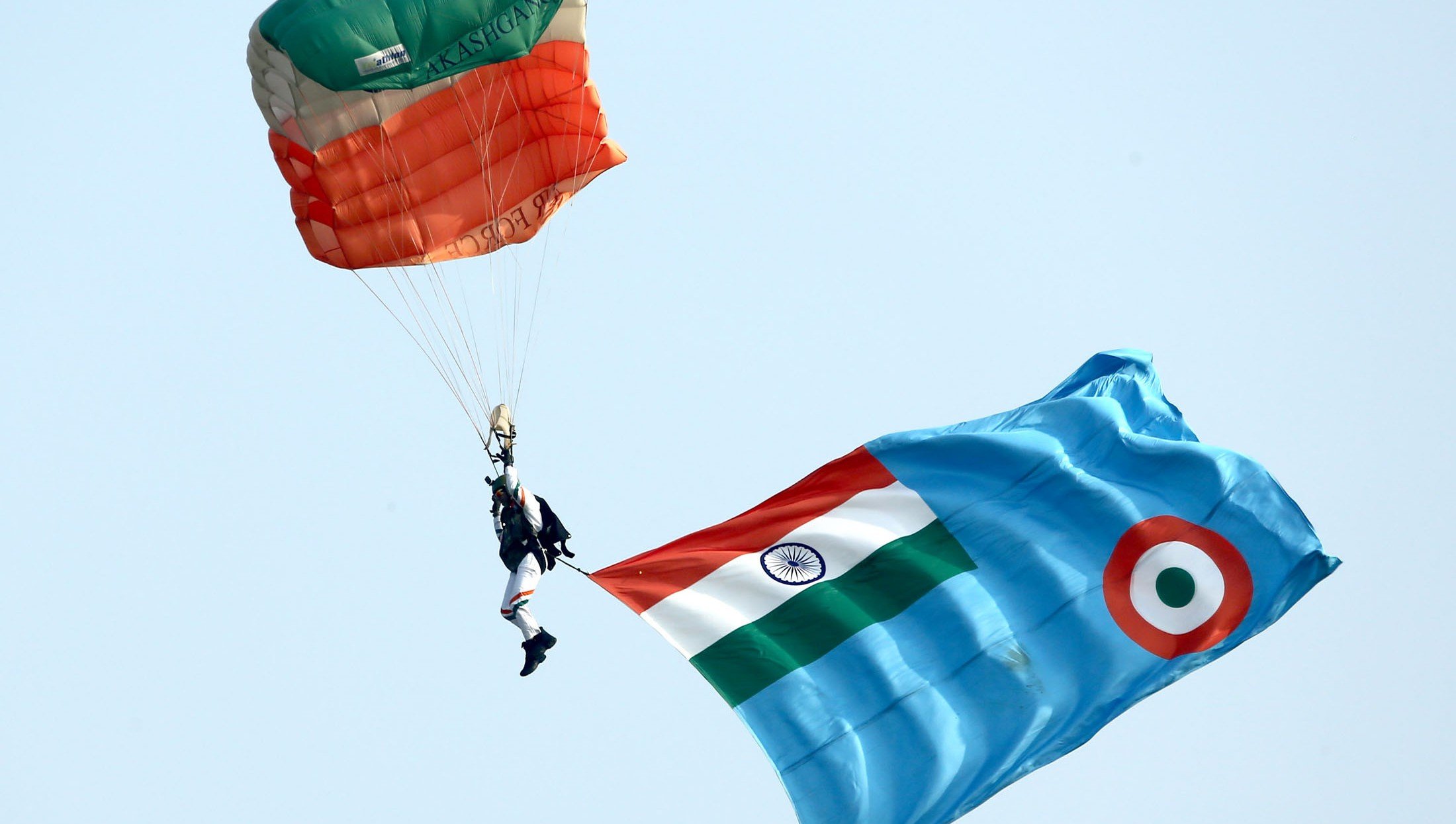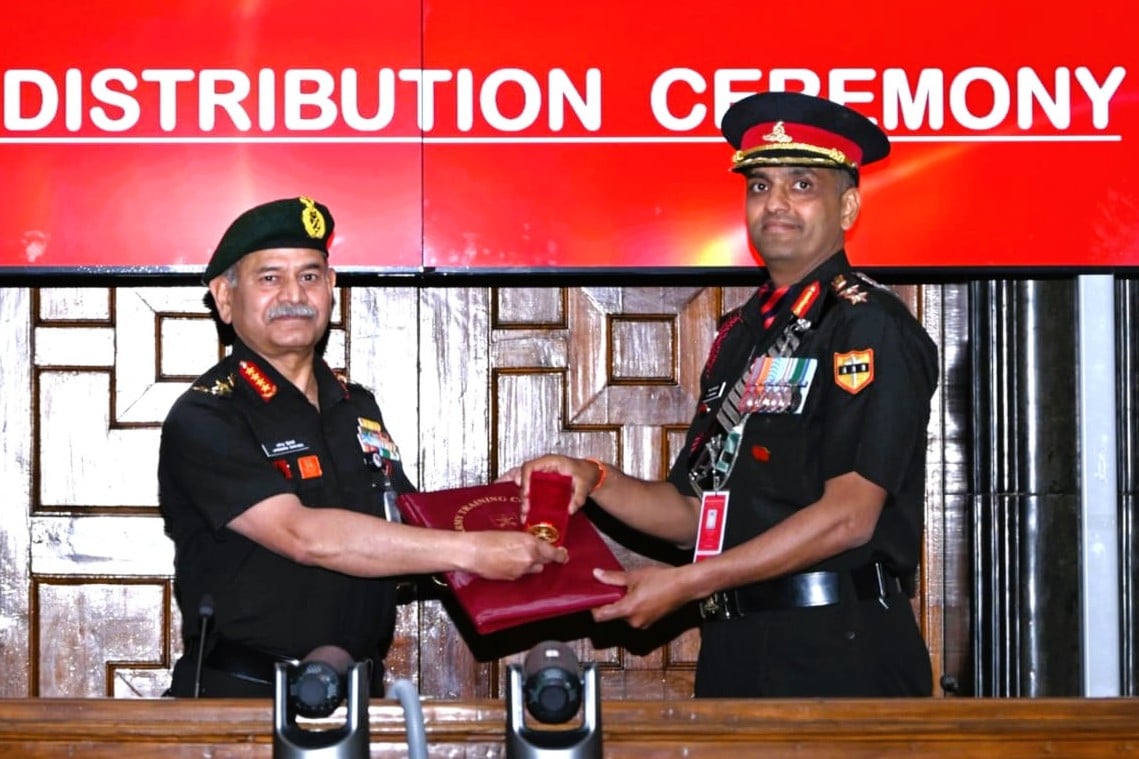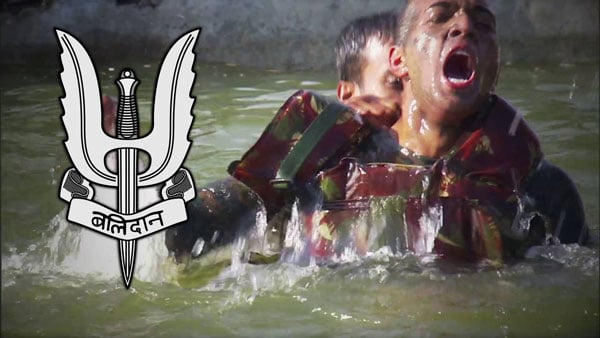With the Tricolour fluttering from its bow, the F-70 INS Tushil has officially joined the Indian Navy as the latest addition. The guided missile stealth frigate was commissioned by Defence Minister Rajnath Singh in a ceremonial event held in Kaliningrad, a significant Russian port city on December 9. The ship’s name, Tushil, translates to “the protector shield,” and it carries a crest that symbolizes “Abhedya Kavacham,” or the impenetrable shield, accompanied by the motto “Nirbhay, Abhedya aur Balsheel,” which means fearless, indomitable, resolute.
During the commissioning ceremony, Defence Minister Singh highlighted the importance of the new vessel as a proud testament to India’s expanding maritime capabilities. He was joined by Chief of the Naval Staff Admiral Dinesh Tripathi and several other dignitaries from both Russia and India. Singh also emphasized the potential for enhanced cooperation between India and Russia, particularly in fields such as artificial intelligence and counter-terrorism, marking a new era in bilateral relations.
INS Tushil is classified as an upgraded Krivak III class frigate, part of Project 1135.6, which currently includes six other vessels already in service; three of these belong to the Talwar class, constructed at Baltiysky Shipyard in St. Petersburg, while the three Teg class ships were built at Yantar Shipyard in Kaliningrad. As the seventh vessel in this series, INS Tushil is the first of two additional follow-on ships, with its construction overseen by an Indian team of specialists based in Kaliningrad under the auspices of the Indian Embassy in Moscow.
Initially laid down in July 2013 under the name Admiral Butakov, INS Tushil was part of a procurement deal worth Rs 8,000 crore finalized by India’s Ministry of Defence in October 2018, which involved obtaining two Admiral Grigorovich-class frigates from Russia. The second vessel, previously known as Admiral Istomin, has been christened INS Tamala.
The construction of the warship involved collaboration between various Russian and Indian equipment manufacturers, with the indigenous content being augmented to 26 percent and the number of Indian-made systems increasing to 33. Key Indian agencies contributing to the ship’s equipment include BrahMos Aerospace, Bharat Electronics, Keltron, Nova Integrated Systems from Tata, Elcome Marine, and Johnson Controls India.
The post-construction phase included extensive trials starting in January, covering factory sea trials, state committee trials, and delivery acceptance trials conducted by Indian specialists. These assessments tested all Russian equipment on board, including various weapon systems, with the ship achieving an impressive speed of over 30 knots, approximately 56 km/h.
Frigates, such as INS Tushil, serve as well-armed warships specializing in anti-submarine and anti-air operations, typically providing escort duties to protect naval fleets and critical sea lanes. While they are generally smaller than destroyers, modern frigates possess significant offensive capabilities, often blurring the lines between the two classifications.
Historically, the Indian Navy has employed frigate-like vessels since ancient times, with the Maratha forces utilizing ships such as the Grab and Gallivat to extend their naval power. The modern frigate era in India began in the early 1920s with the British commissioning ships like HMIS Clive and HMIS Lawrence into the Royal Indian Navy. Since then, frigates have remained a vital component of the Indian Navy’s surface combatant fleet, transitioning from primarily Western to Russian designs in the late 20th century, and now integrating increasingly indigenous construction capabilities.
INS Tushil, measuring 125 meters and weighing 3,900 tons, boasts a formidable array of advanced Russian and Indian technologies. This state-of-the-art warship features enhanced stealth and stability, drawing comparisons to the Indian Navy’s largest destroyer, INS Kolkata, which is 163 meters long and displaces 7,500 tons. The new frigate will be manned by a crew of 180, including 18 officers.
Armament on board includes eight BrahMos vertically launched anti-ship cruise missiles, 24 medium-range and eight short-range surface-to-air missiles, a 100 mm gun, and two close-in weapons systems for last-ditch defense against incoming threats. Additionally, it is equipped with double torpedo tubes and a rocket launcher for anti-submarine warfare, along with an array of advanced radars, navigation systems, sonar, electronic warfare equipment, fire control systems, and decoys.
Following the induction of INS Tushil, the Indian Navy continues to operate a total of 12 frigates, including three Shivalik class, six Talwar/Teg class, and three Brahmaputra class vessels, along with 18 submarines, two aircraft carriers, 12 destroyers, and 18 corvettes. More warships are currently on order as part of the Indian Navy’s ongoing modernization and expansion efforts.

